
Three Cosmetic Vessels, Metropolitan Museum of Art: Egyptian Art
Gift of Egypt Exploration Fund, 1904 Metropolitan Museum of Art, New York, NY
Medium: Anhydrite
http://www.metmuseum.org/art/collection/search/698622

Three Cosmetic Vessels, Metropolitan Museum of Art: Egyptian Art
Gift of Egypt Exploration Fund, 1904 Metropolitan Museum of Art, New York, NY
Medium: Anhydrite
http://www.metmuseum.org/art/collection/search/698622
Asked by Anonymous:
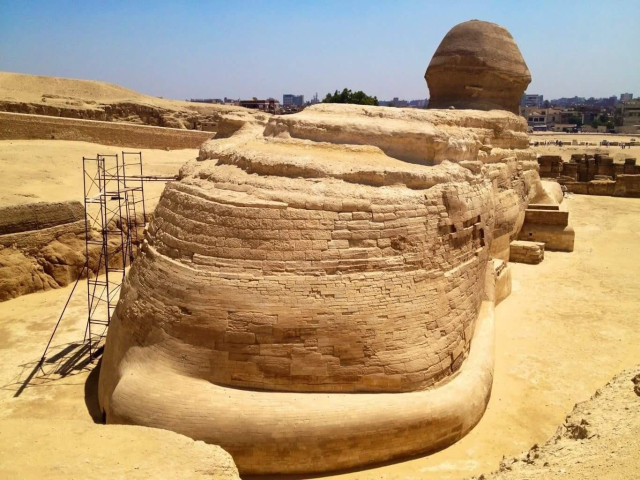
Thats a smooth ass tail
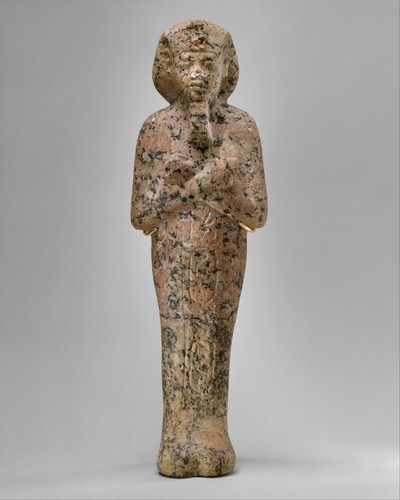
Funerary Figure of Akhenaten, Metropolitan Museum of Art: Egyptian Art
Gift of Mr. and Mrs. Jack A. Josephson, 1982 Metropolitan Museum of Art, New York, NY
Medium: Granite
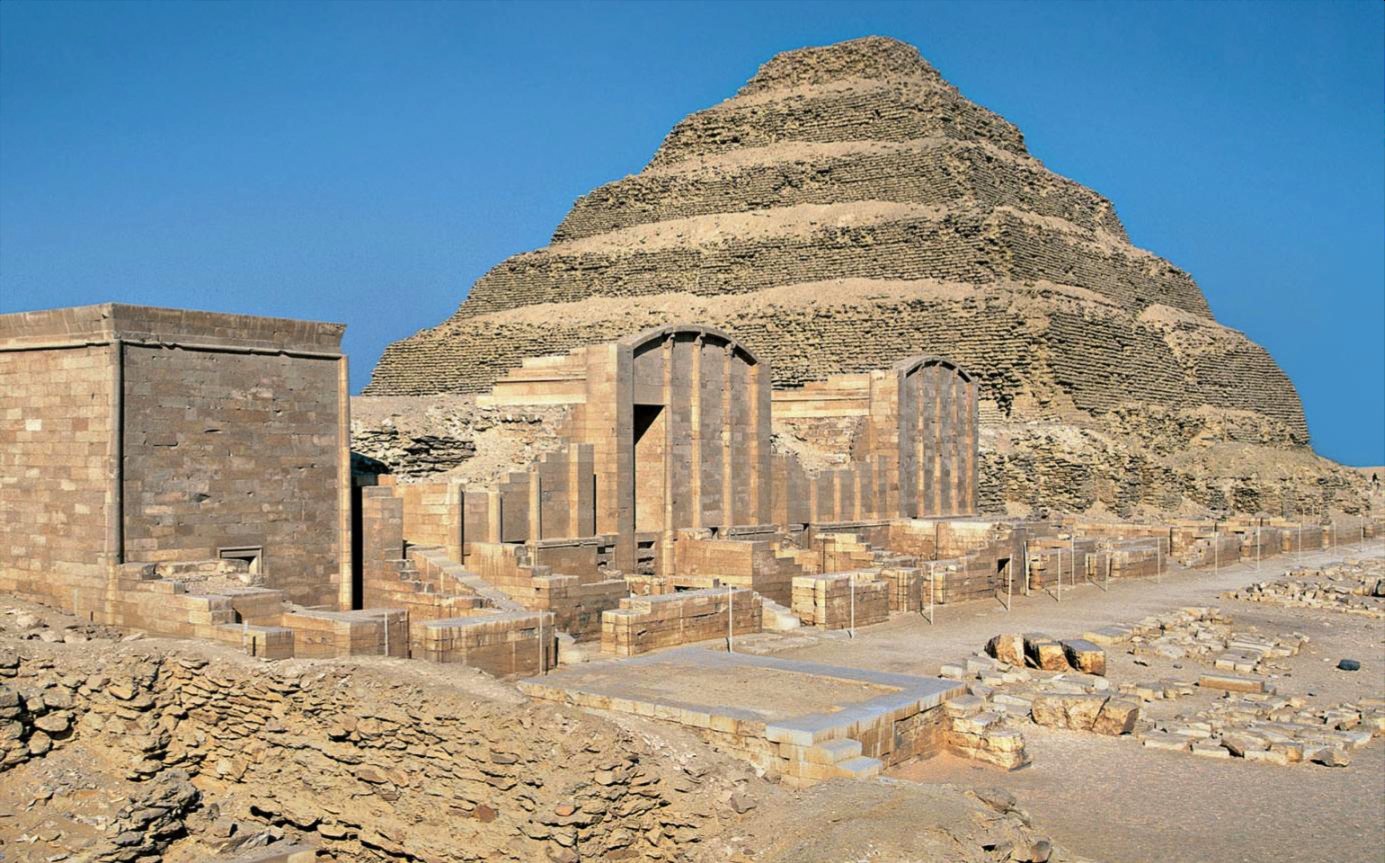
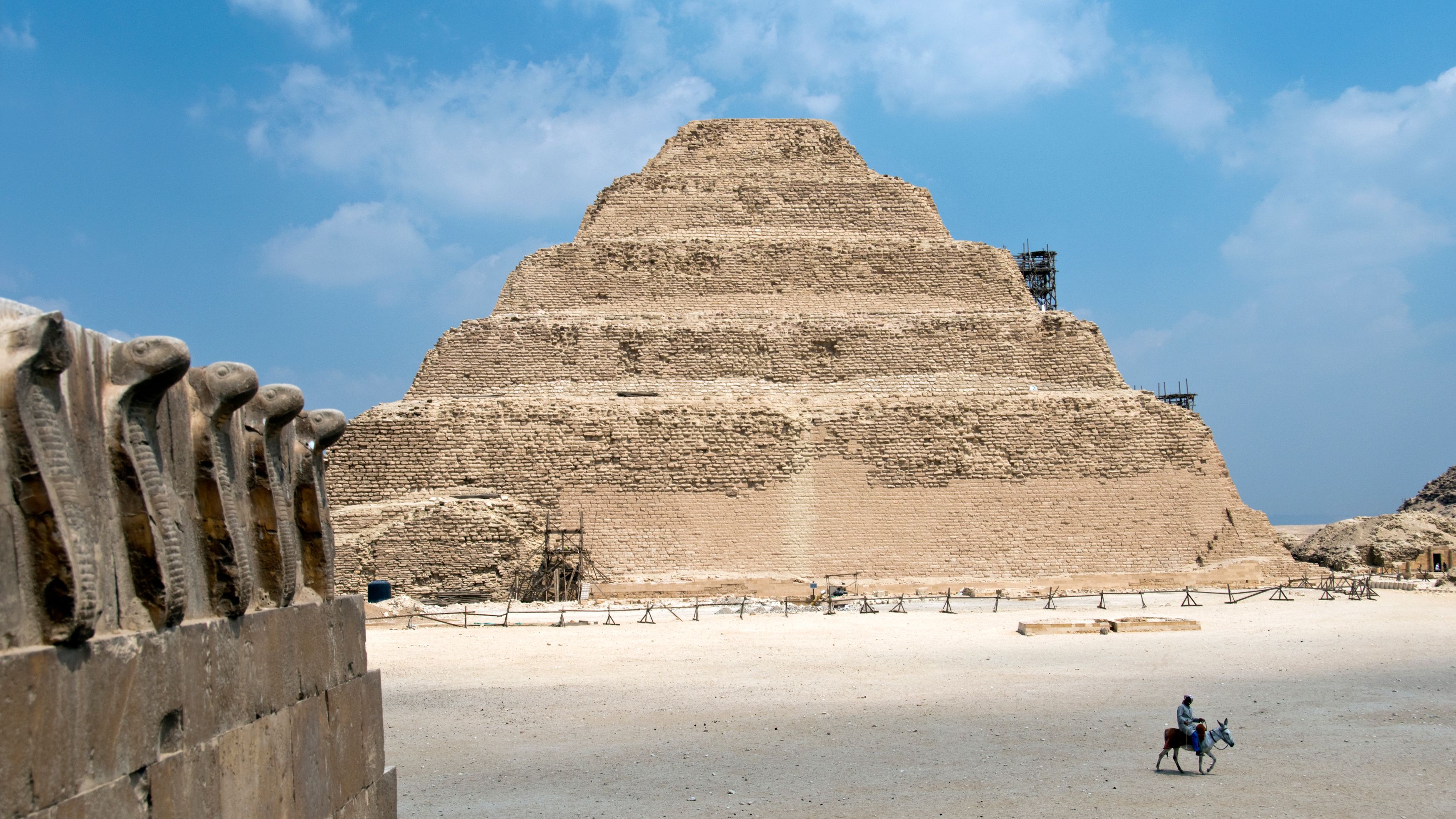
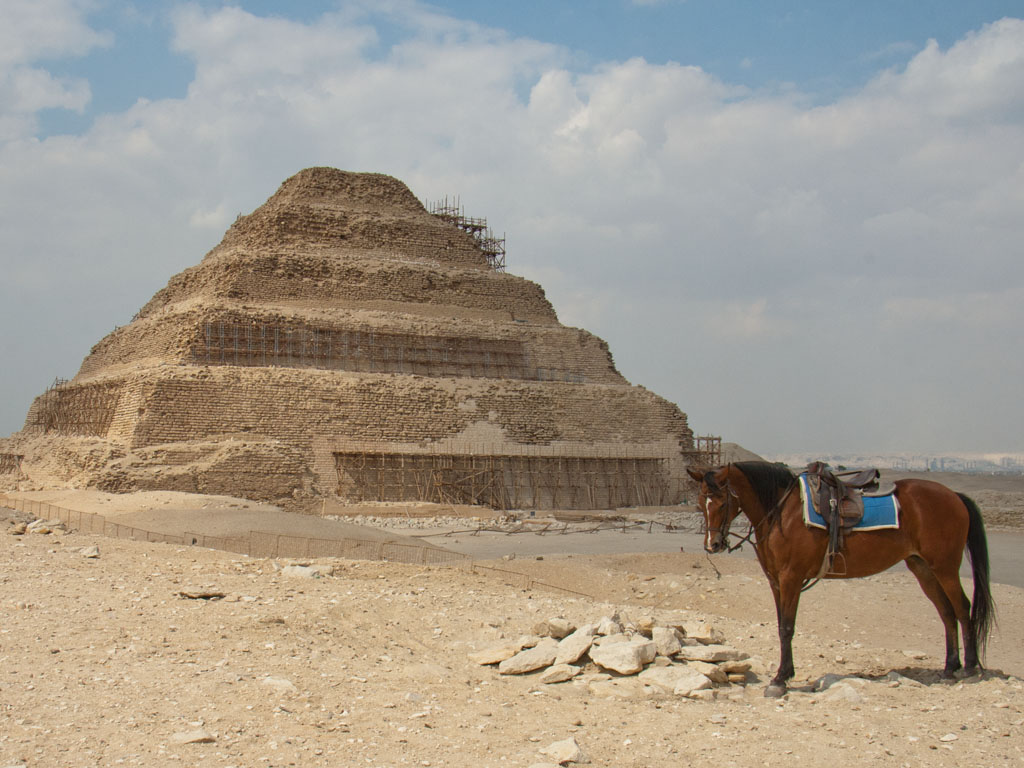
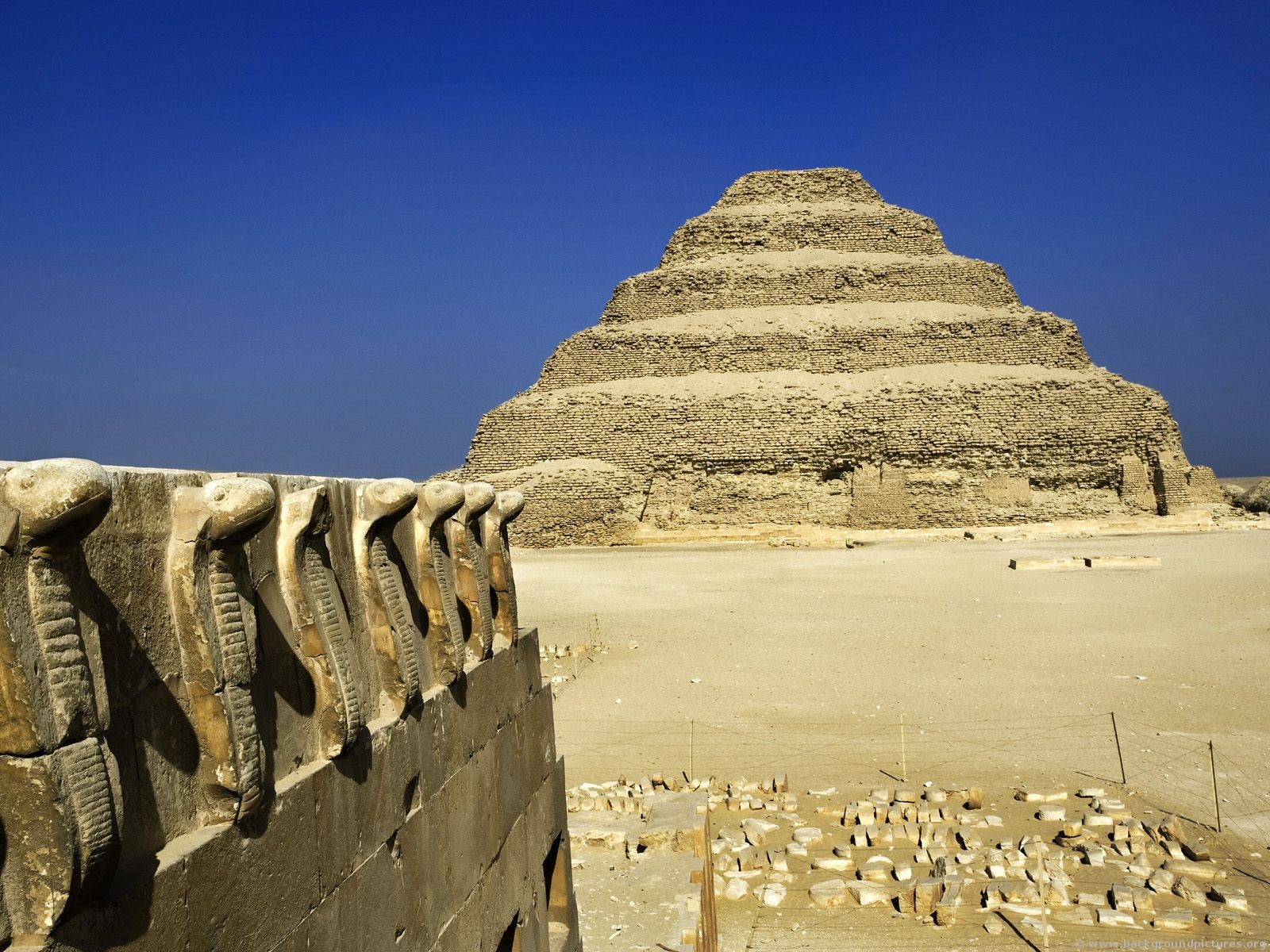
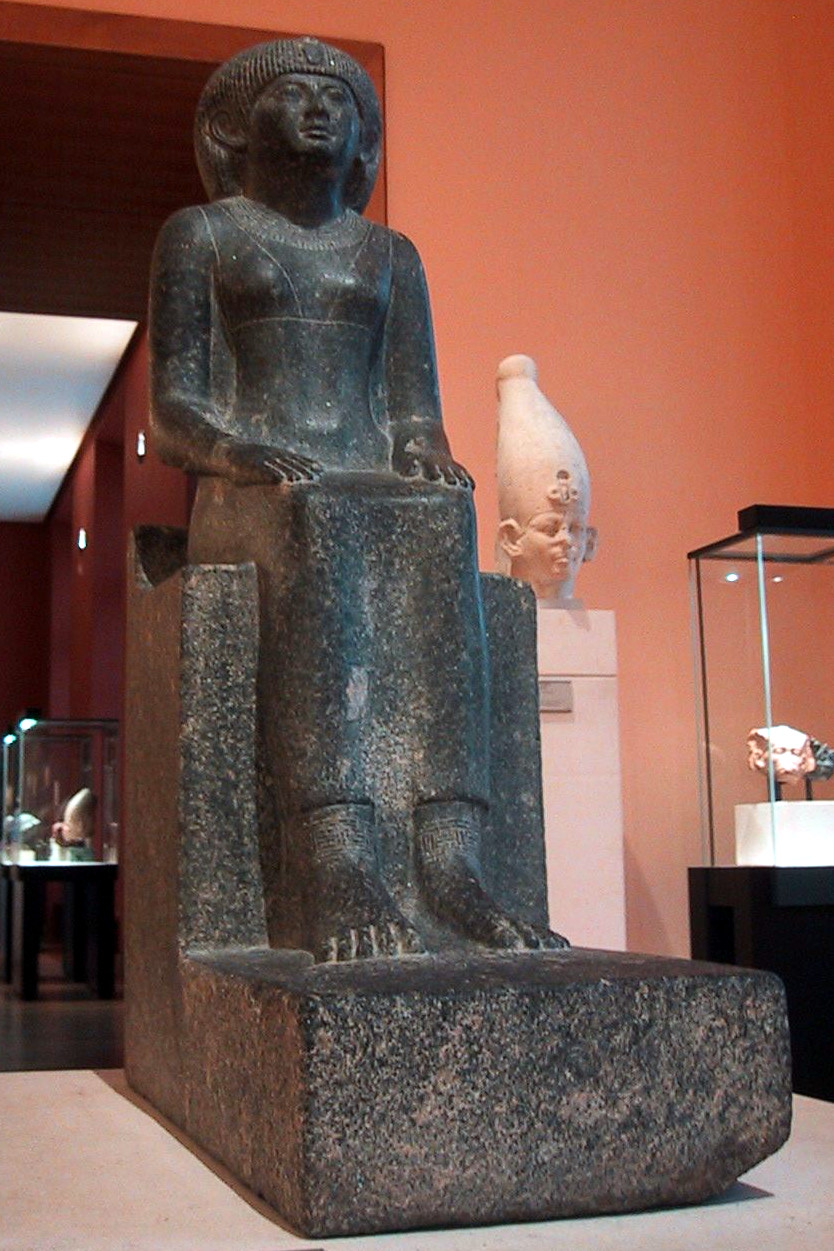
Khenemetneferhedjet I Weret was an ancient Egyptian queen of the 12th Dynasty, a wife of Senwosret II and the mother of Senwosret III.
Her name was also a queenly title used in the era: khenemetneferhedjet means “united with the white crown”. Her additional name Weret means “great” or “the elder” and was probably used to differentiate her from others with this name.
Date - between 1870 and 1860 BCE
Twelfth Dynasty of Egypt (1991 BC –1802 BCE)
Medium - diorite
Dimensions - Length: 52.3 cm (20.5 in)
Height: 77 cm (30.3 in)
Width: 23.5 cm (9.2 in)
Collection - Louvre Museum
Wikipedia
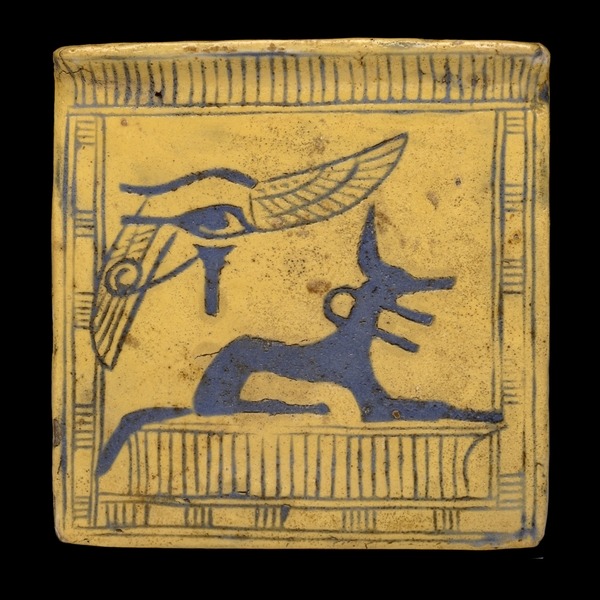
Length: 11 cm
Faience pectoral - A symbol of protection and resurrection
From Egypt
New Kingdom, perhaps reign of Ramesses II, around 1250 BCE
Pectoral necklaces were laid on the chest of a mummy, and usually bore an image associated with the wish for protection and a successful passing into the next world. They were first used in ancient Egypt by royalty, but by the time of the New Kingdom (1550-1070 BCE) they were also used by the élite classes.
This example has two protective images. The wedjat eye represents restoration to heath and thus resurrection. Anubis is the god of embalming and a protector of the deceased; both images are common elements in the decoration of private tombs of the New Kingdom.
The use of yellow faience is a further reference to resurrection, this time through the rising and rays of the sun. Read More »
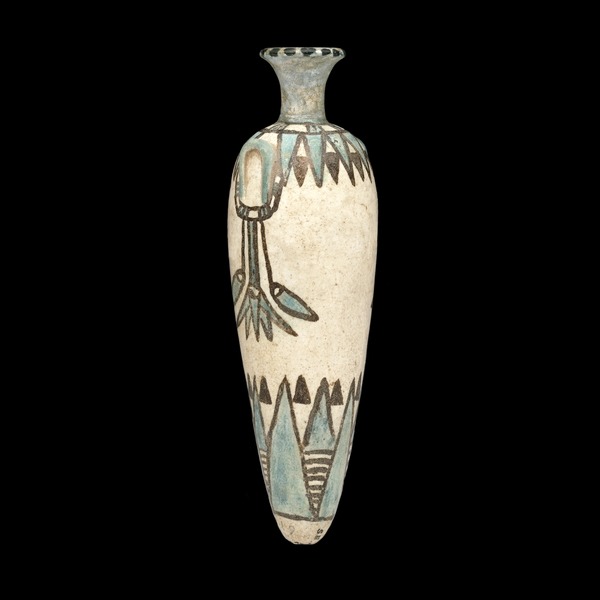
Height: 13 cm
Faience perfume vase in the shape of a lotus bud - An excellent example of cream coloured faience
From Sesebi, Sudan
Late 18th Dynasty, around 1300 BCE
This beautiful vase was found in a plundered part of the cemetery at Sesebi in Upper Nubia. Sesebi, founded in the time of Akhenaten (Amenhotep IV, 1352-1336 BCE), was home to an Egyptian colony during the New Kingdom period of expansion to the south. Other major New Kingdom settlements were Sedeinga, Sai, Kawa and Kerma. Most of the occupation in Sesebi seems to date to around the time of Akhenaten’s reign. Sesebi’s larger neighbour Soleb was the administrative centre in Nubia in the later years of the Eighteenth Dynasty (about 1550-1295 BCE).
This is an excellent example of the use of faience in a colour other than blue. Decoration has been added to the cream body in blue and black, in the form of two friezes of lotus petals at the base and neck, with lotus buds hanging down; the vase itself is in the shape of a lotus bud. To ancient Egyptians the lotus was symbolic of rebirth and new life. Read More »
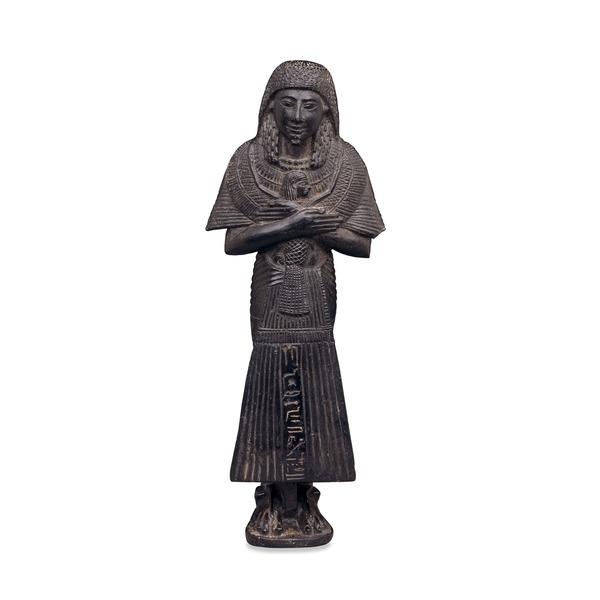
Height: 21.4 cm
Black steatite shabti of Suneru holding his ba to his chest
From Egypt
19th Dynasty, around 1275 BCE
Shabti [AKA Shawabti, Ushabti] figures of the Eighteenth Dynasty (about 1550-1300 BCE) were usually shown in a mummiform state, wearing a heavy wig and holding agricultural implements or funerary symbols in their crossed hands. However, for a period in the Nineteenth and Twentieth Dynasties figures in everyday dress were introduced, a phenomenon also seen in contemporary coffins. However, in the Third Intermediate Period (about 1070-661 BCE), the mummiform shape returned for the 365 figures now normal, although something similar to everyday dress was used for the 36 ‘overseers’.
This shabti wears the style of dress that Suneru would have worn during life. His heavily pleated robe, duplex wig, fine collar and sandals are characteristic of the clothing of the wealthy of the New Kingdom. Instead of agricultural implements, the figure holds a Read More »
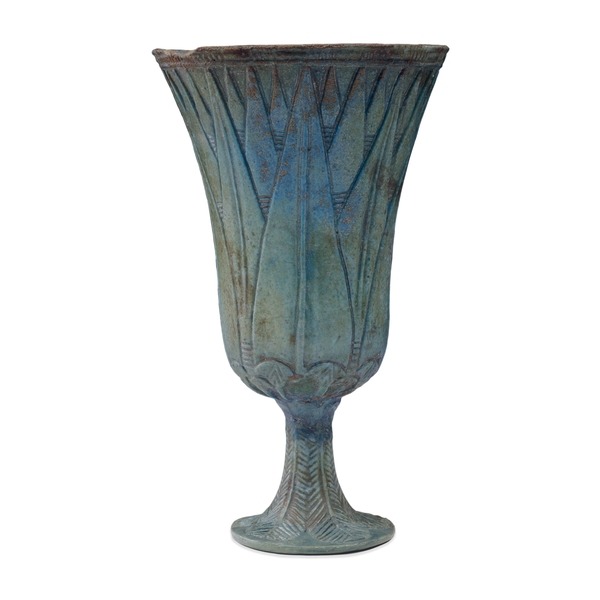
Height: 15.3 cm
Faience cup in the form of a blue lotus - A symbol of rebirth
Said to be from Tuna el-Gebel, Egypt
Late New Kingdom (1550-1070 BCE) or Third Intermediate Period (1070-661 BCE)
A number of beautiful faience vessels in the shape of the lotus are known from ancient Egypt. Early examples, like this one, are mostly decorated with petals of the lotus flower, while later ones are more often decorated with scenes.
The precise function of these vessels is not clear, though they are heavy with symbolism. The lotus itself is a symbol of rebirth and new life. This symbolism derives from one of the creation myths: the sun-god and creator, Re, is said to have appeared on a lotus, which had previously grown on the Primeval Mound (the seat of creation). The choice of faience for the material is clearly deliberate, as its shiny and brilliant nature made it worthy of association with the sun-god; the blue-green colour is also associated with rebirth and new life. Read More »
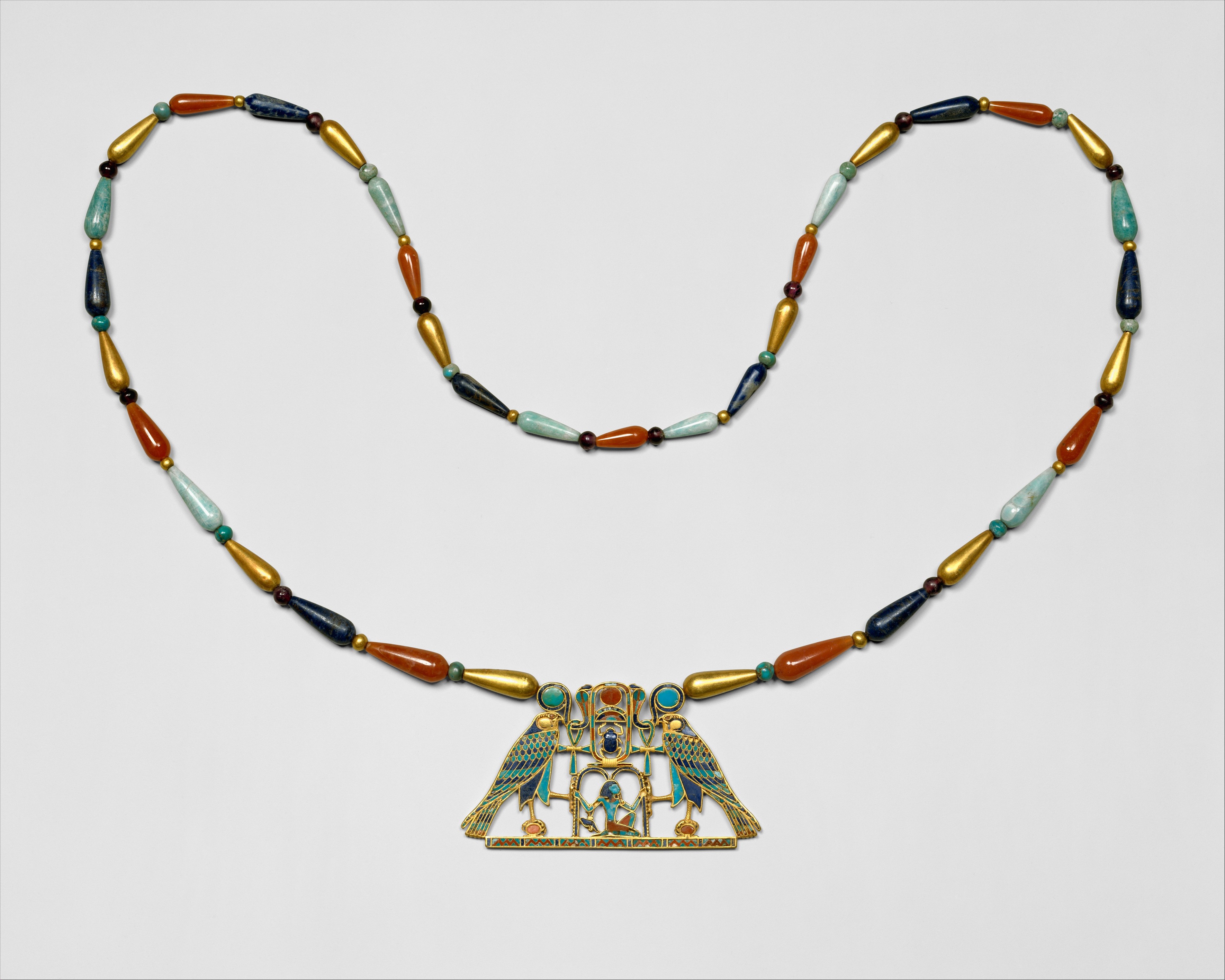
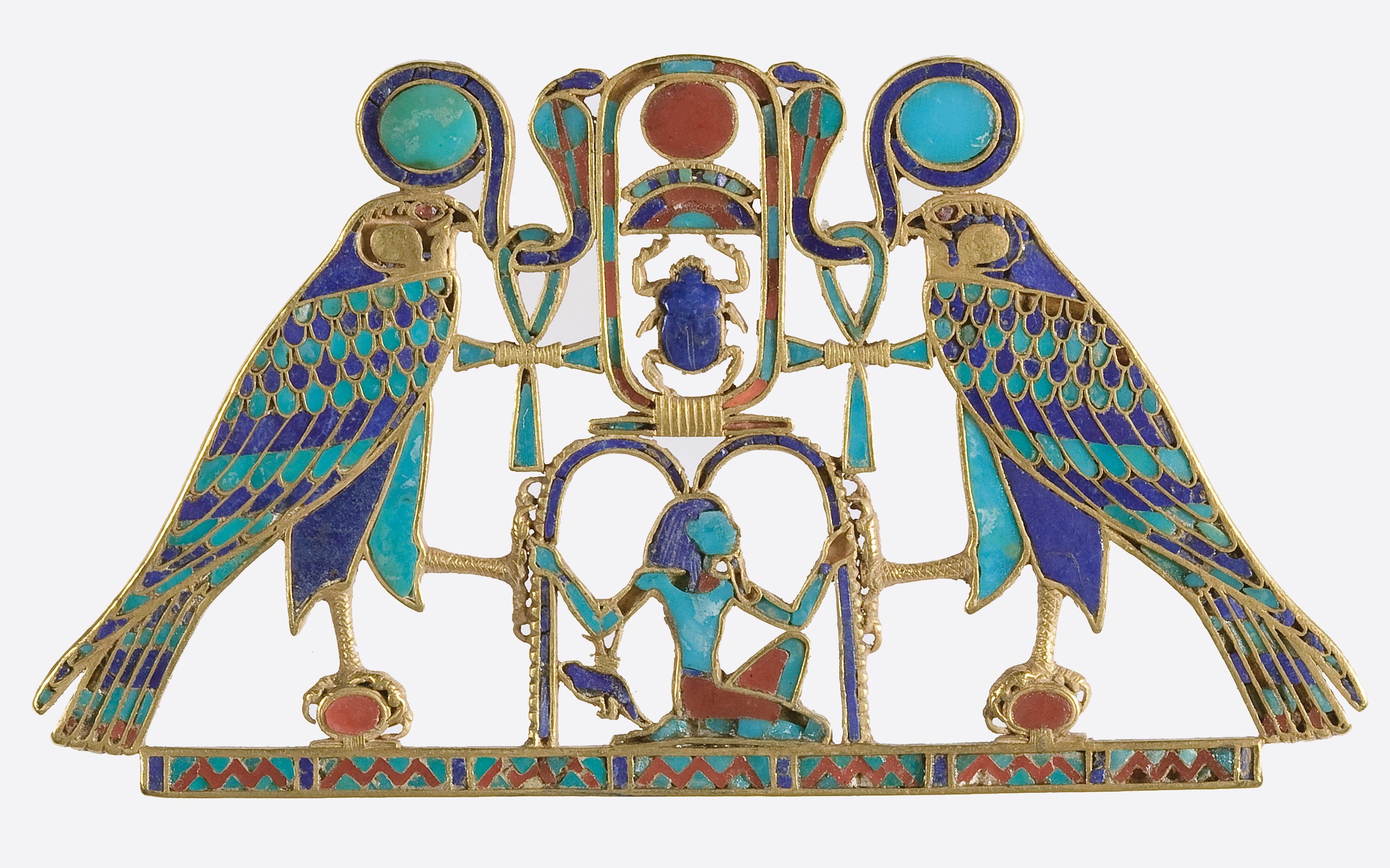
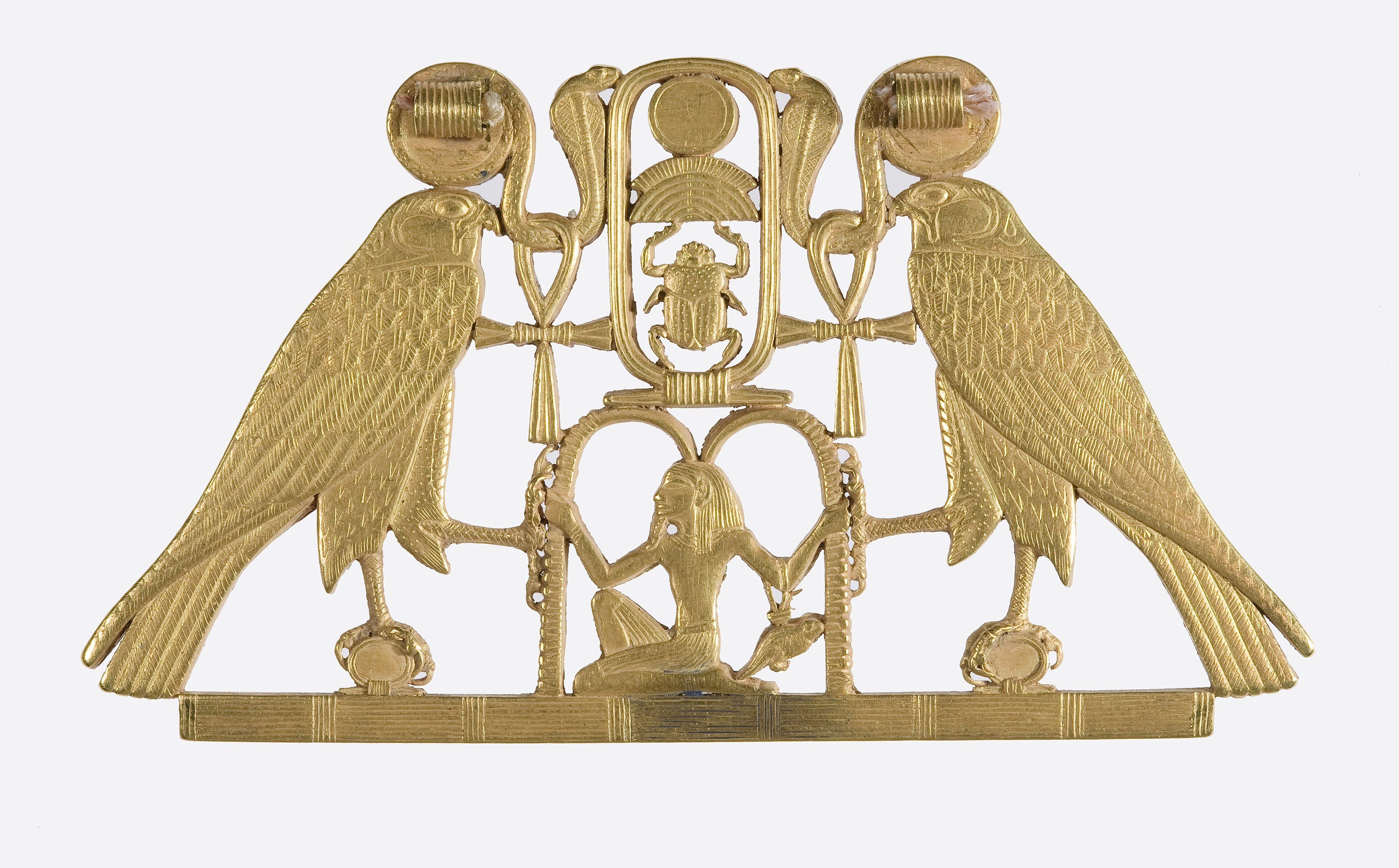
This pectoral is composed around the throne name of King Senwosret II. It was found among the jewelry of Princess Sithathoryunet in a special niche of her underground tomb beside the pyramid of Senwosret II at Lahun. Hieroglyphs make up the design, and the whole may be read: "The god of the rising sun grants life and dominion over all that the sun encircles for one million one hundred thousand years [i.e., eternity] to King Khakheperre [Senwosret II].
This cloisonné pectoral is inlaid with 372 carefully cut pieces of semiprecious stones. The heraldic design is replete with symbolism. Zigzag lines on the base bar represent the primordial waters out of which the primeval hill emerged. Each of the falcons, symbols of the sun god, clasps a circular hieroglyph meaning "encircled," thus declaring the solar deity's supreme power over the universe. The same hieroglyph, elongated to form a cartouche, encircles the throne name of Senwosret II, Khakheperre. Flanking the king's name are two ankh hieroglyphs (meaning "life") suspended from cobras whose tails are wound around the sun disk on the falcons' heads. These snakes represent Nekhbet and Udjo, the traditional protector goddesses of the king. Supporting the royal cartouche is the kneeling god Heh clutching two palm ribs symbolizing "millions of years." Thus the king's life and existence in time are described as part of a universe created and sustained by the supreme sun god. Read More »
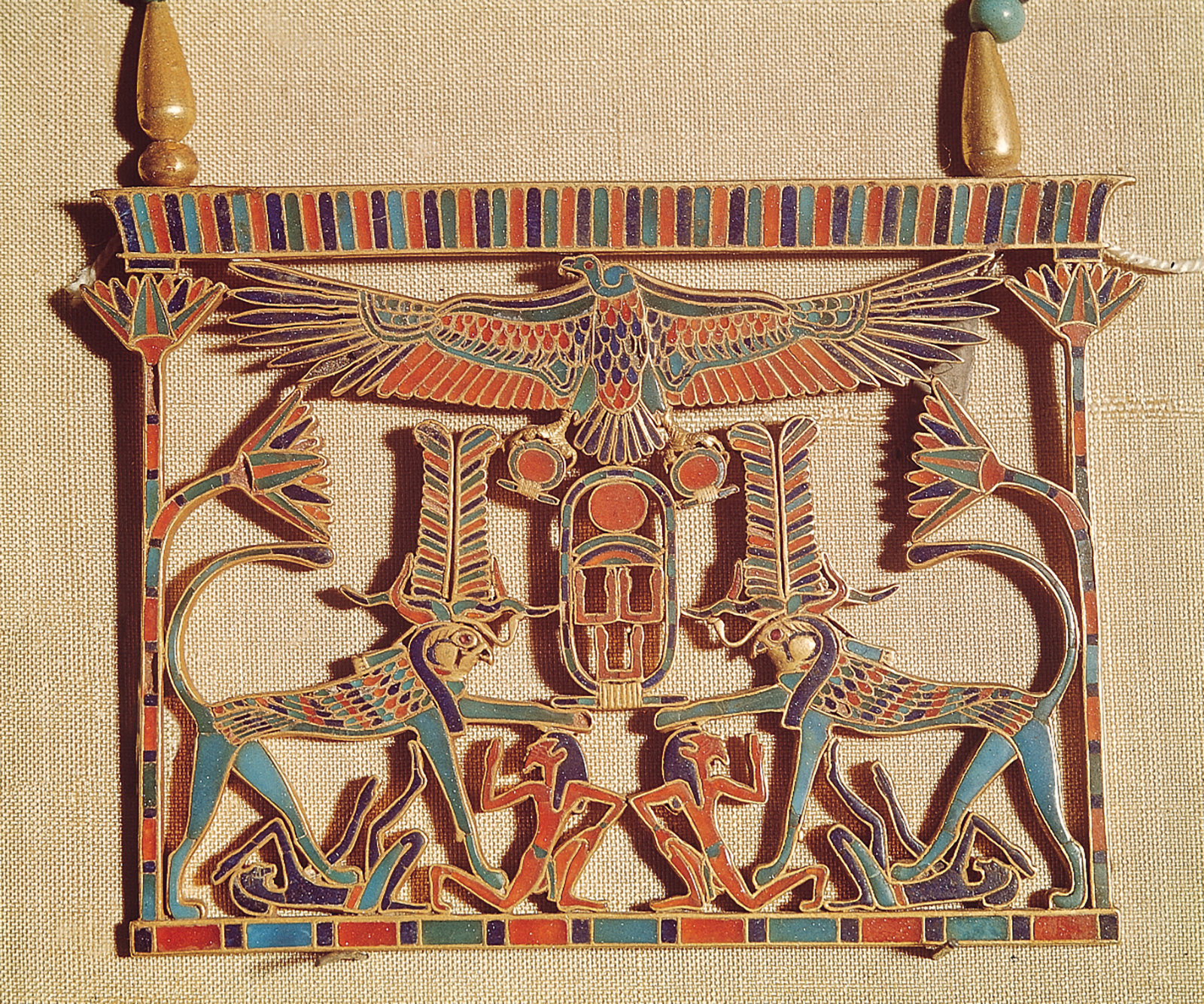
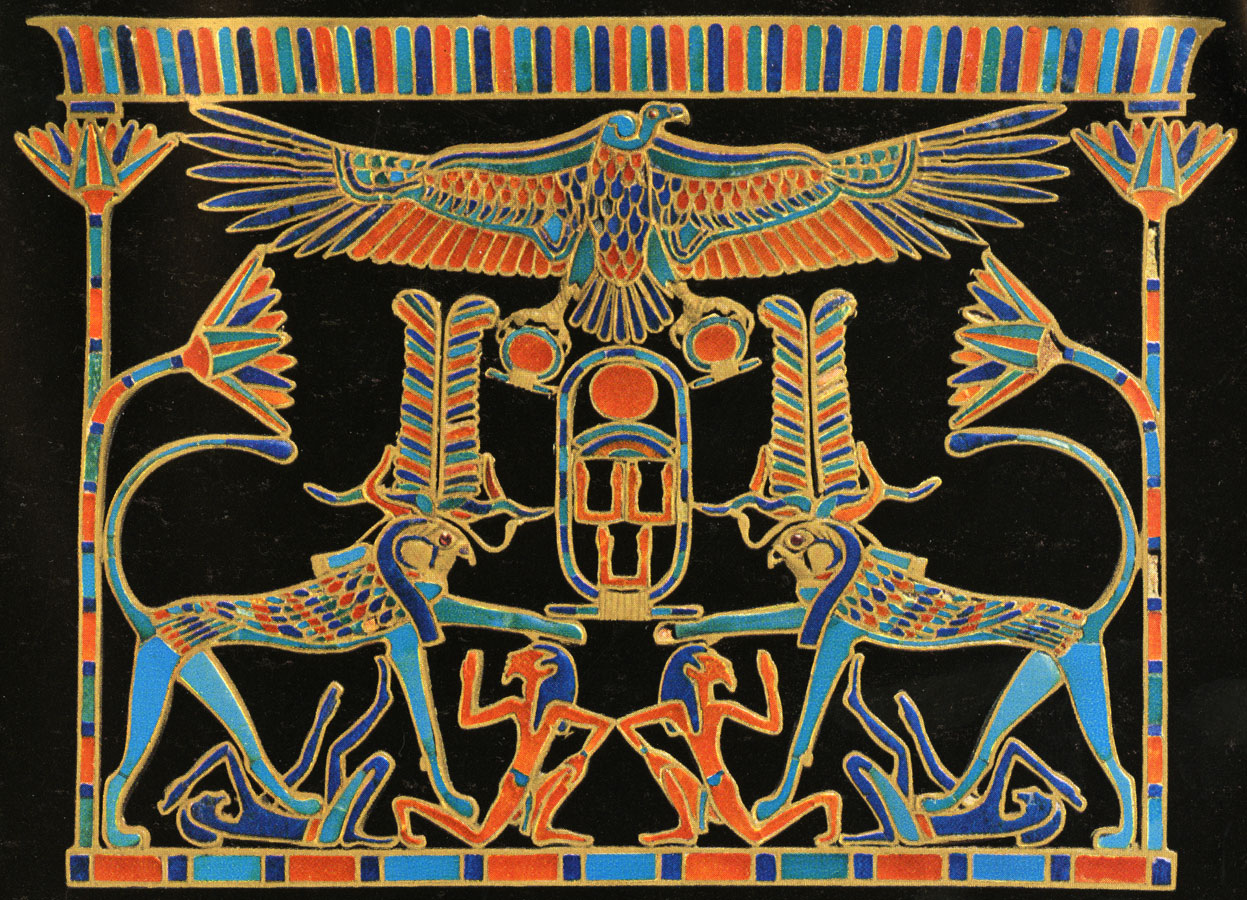
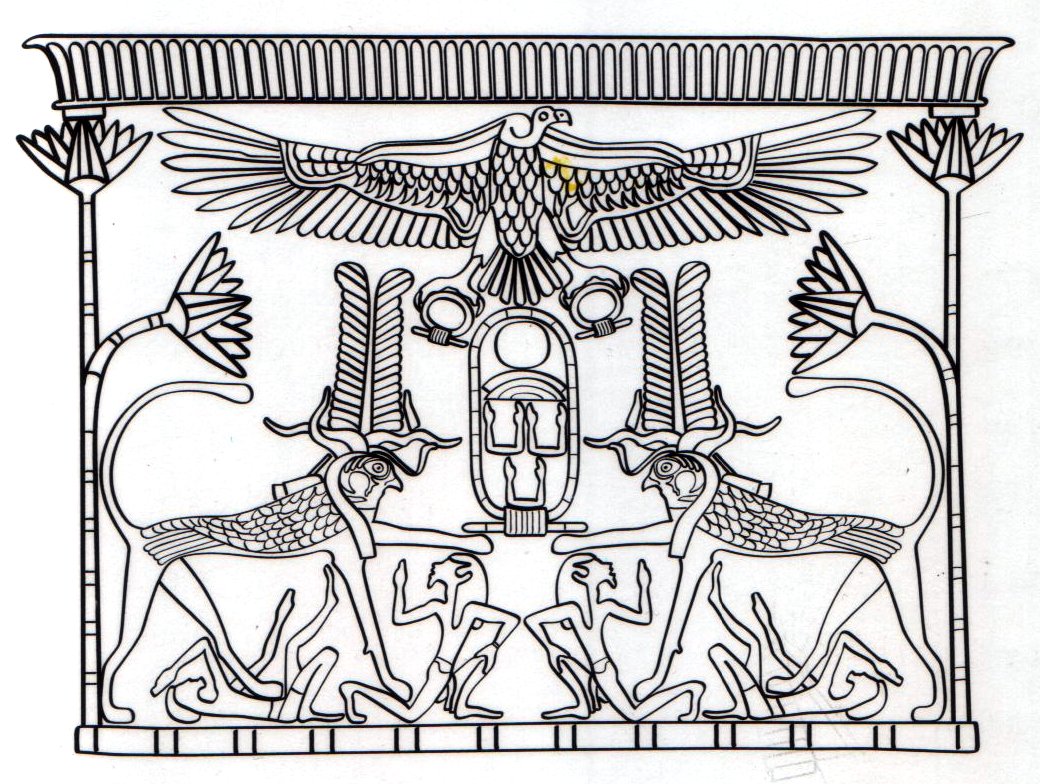
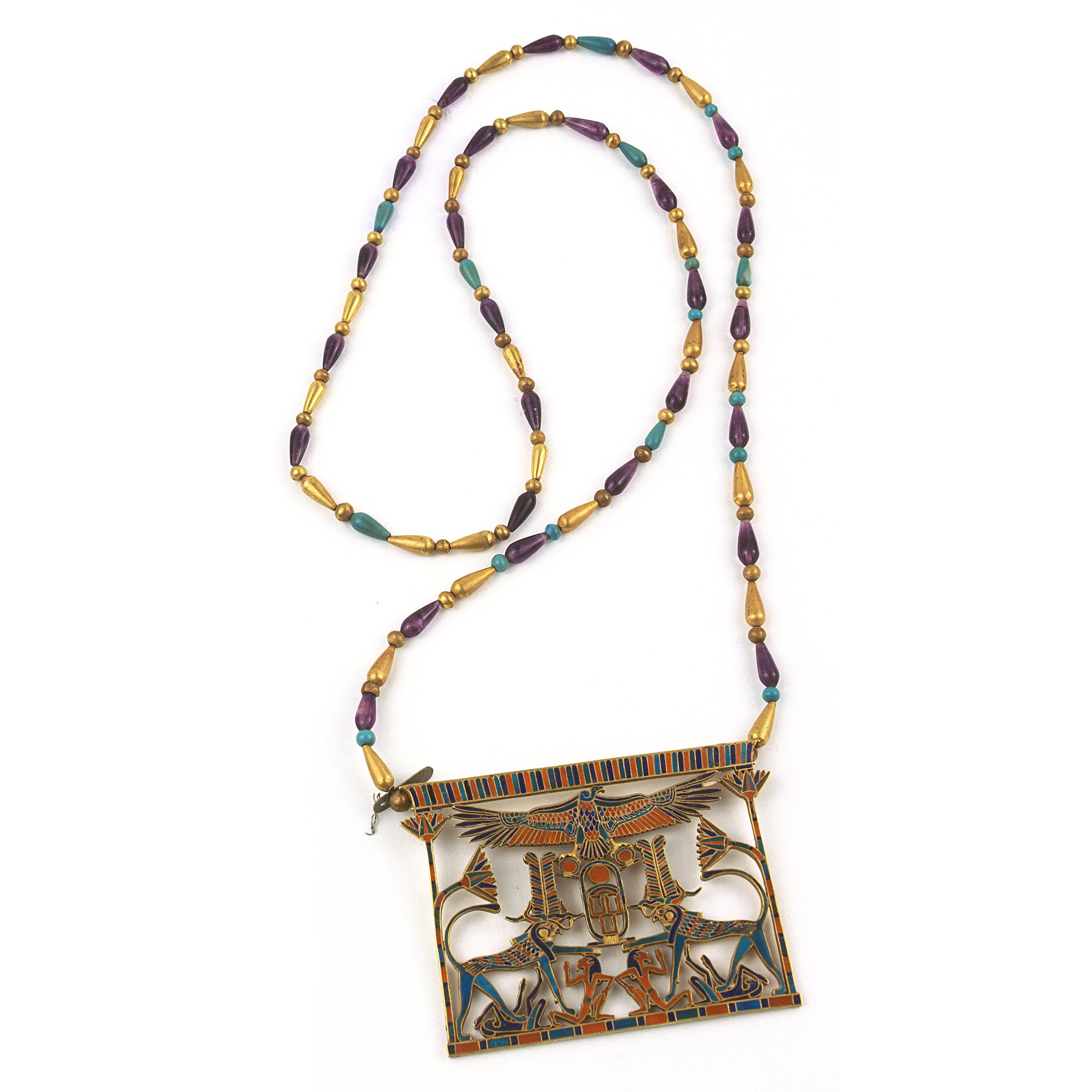
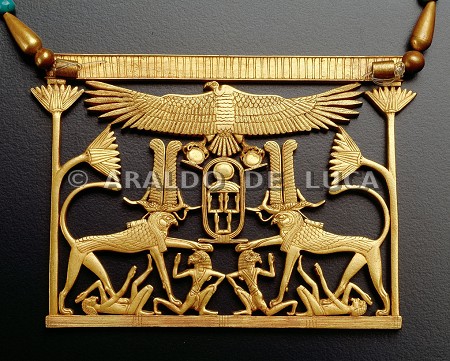
The Princess Mereret (Mereret B) was a daughter of Khakaure Senwosret III. This pectoral comes from her tomb in the lower galleries of the pyramid complex of her father at Dahshur.
This pectoral bears the name of her father Khakaure Senwosret III.
It is part of the “Treasure of Dhashur,” which was discovered by Jacques De Morgan in 1894, and is exhibited in the Cairo Museum (JE30875).
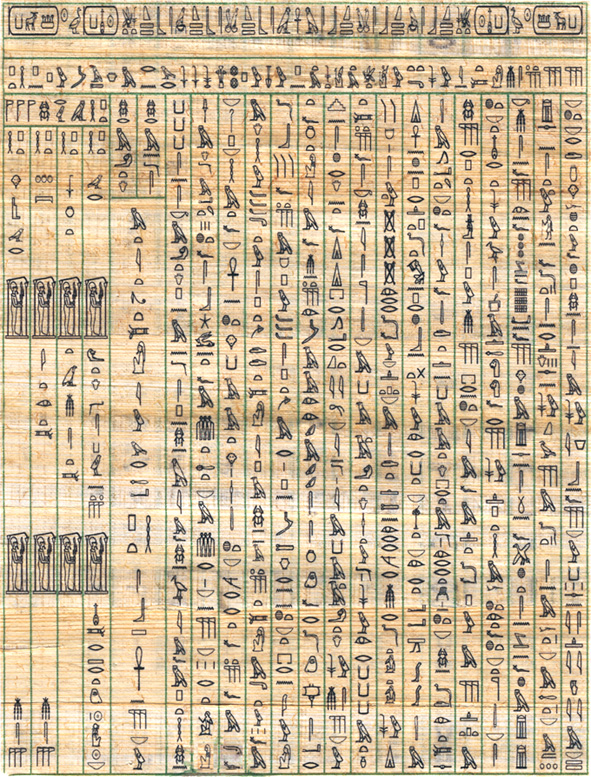
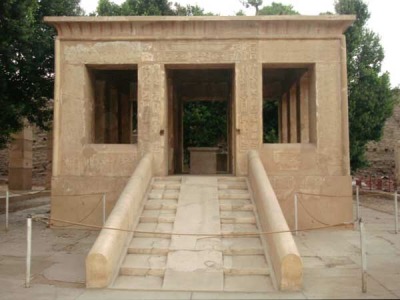
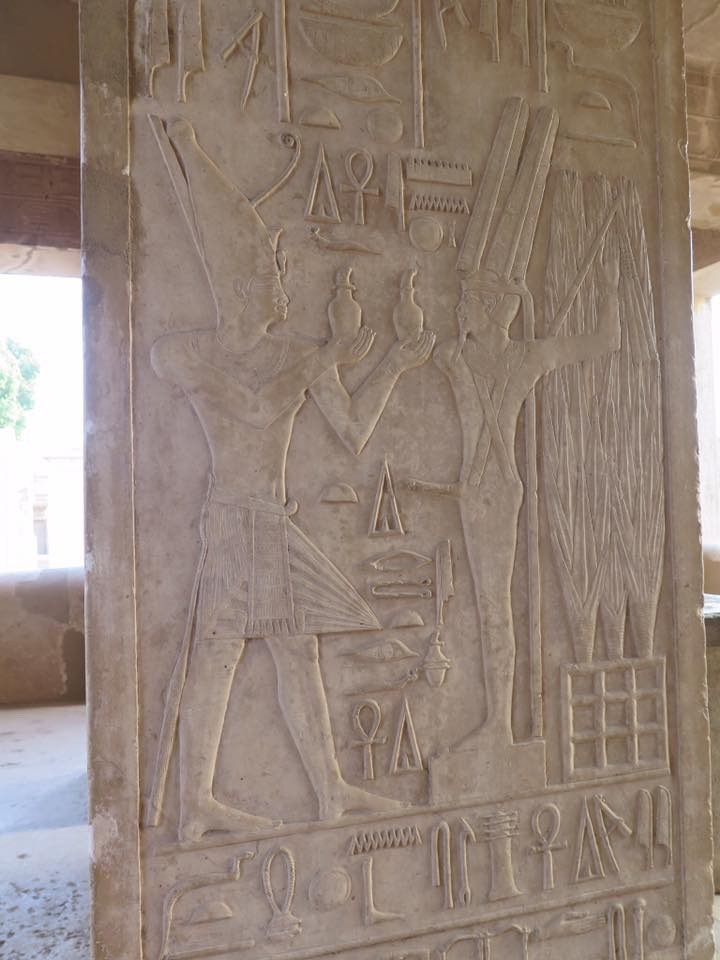
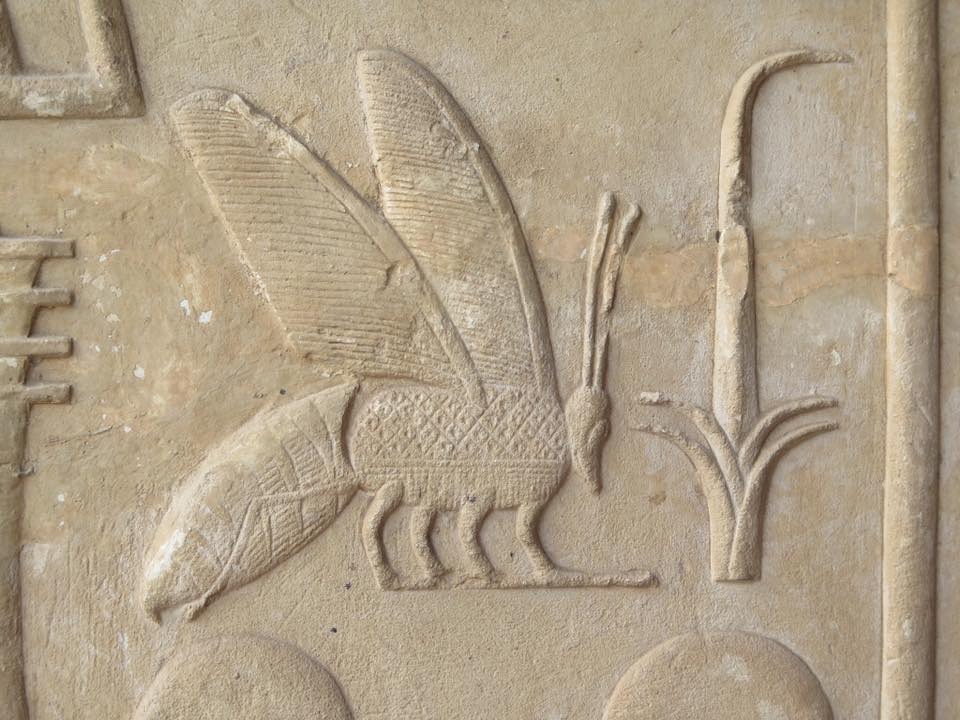
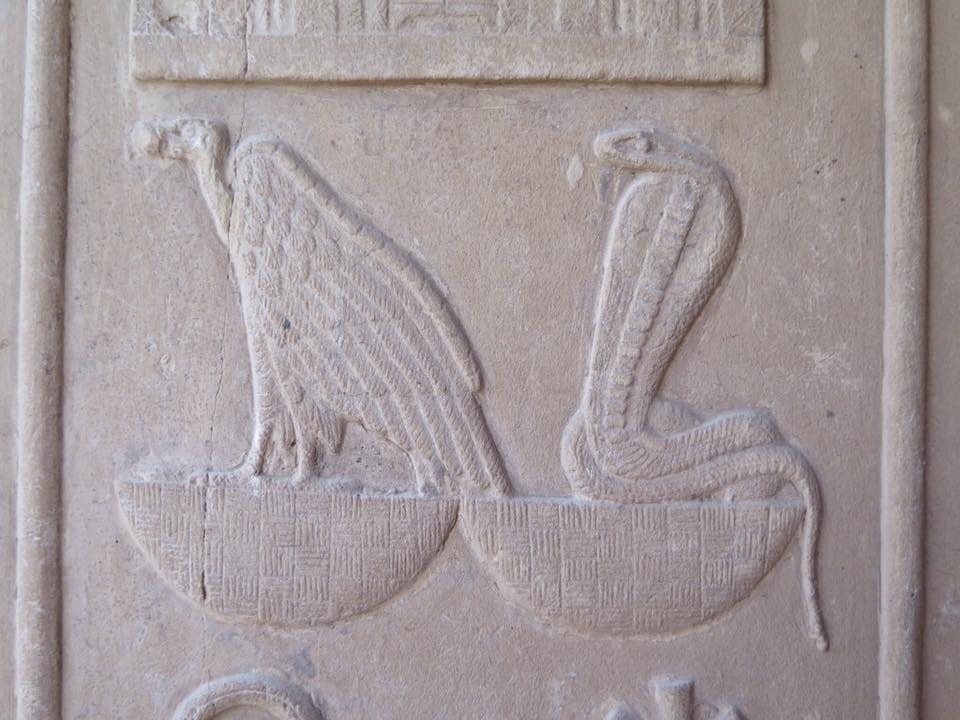
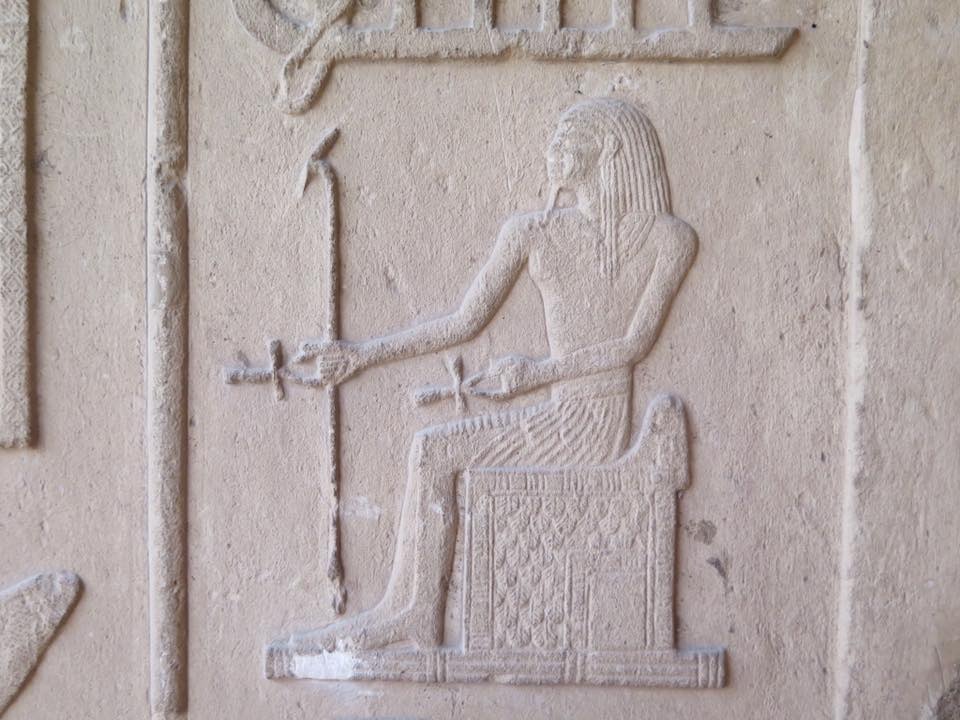
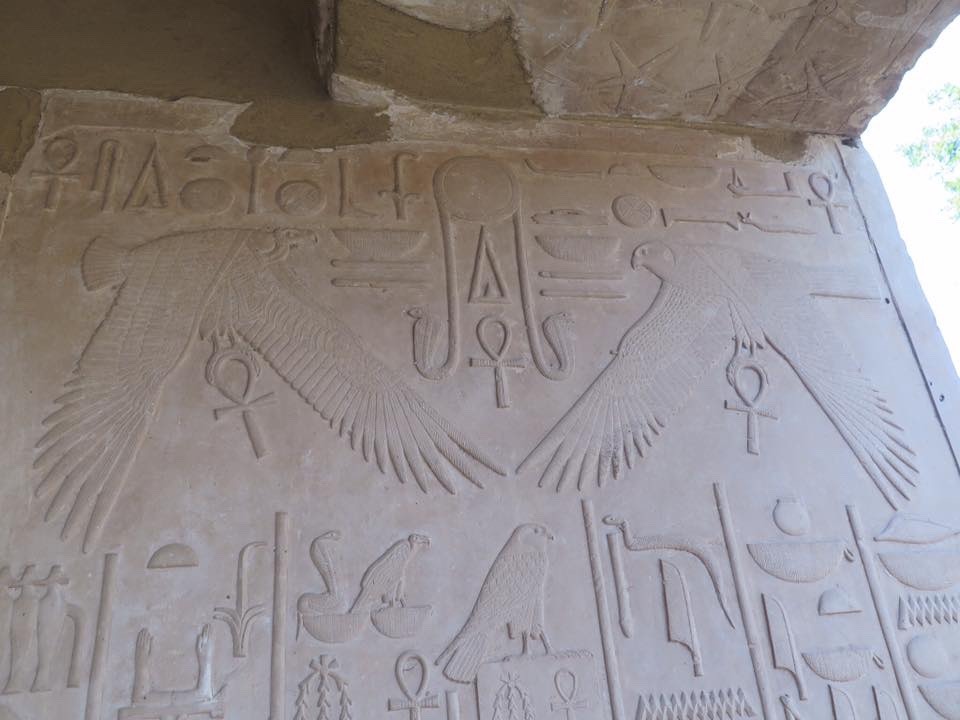
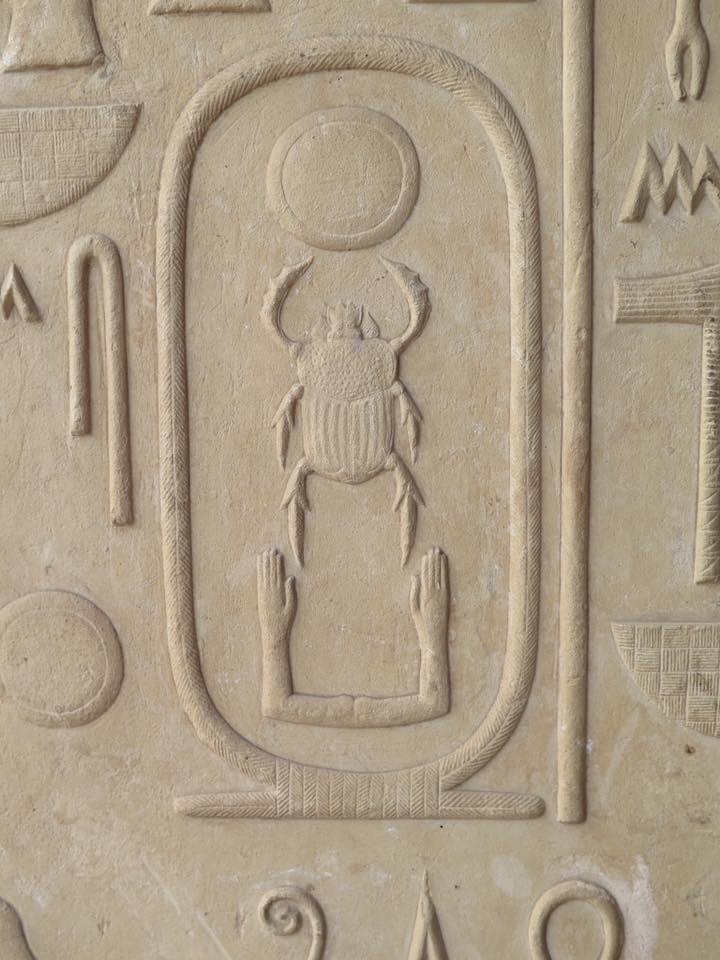
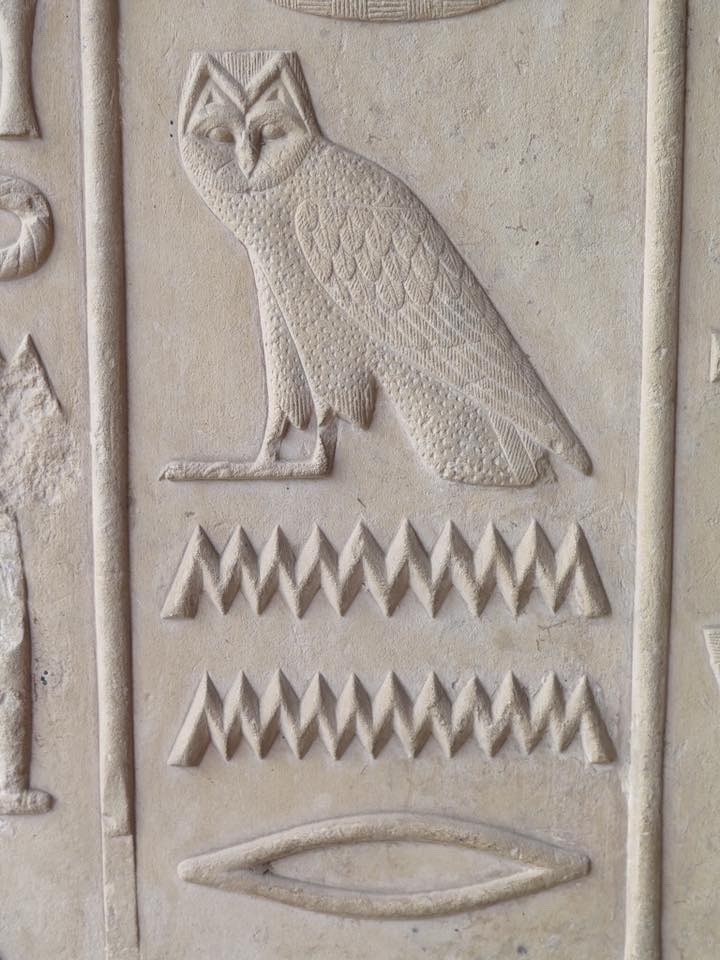
The amazing White Chapel of Senusret I, pharaoh of the 12th Dynasty in the Middle Kingdom (1971 BCE - 1926 BCE). These are some of the most exquisite carvings in Egyptian history. The chapel was reconstructed after its pieces were found in the third pylon in the Temple of Karnak by archaeologists in the late 1920s. It is now in the Open Air Museum in Karnak.
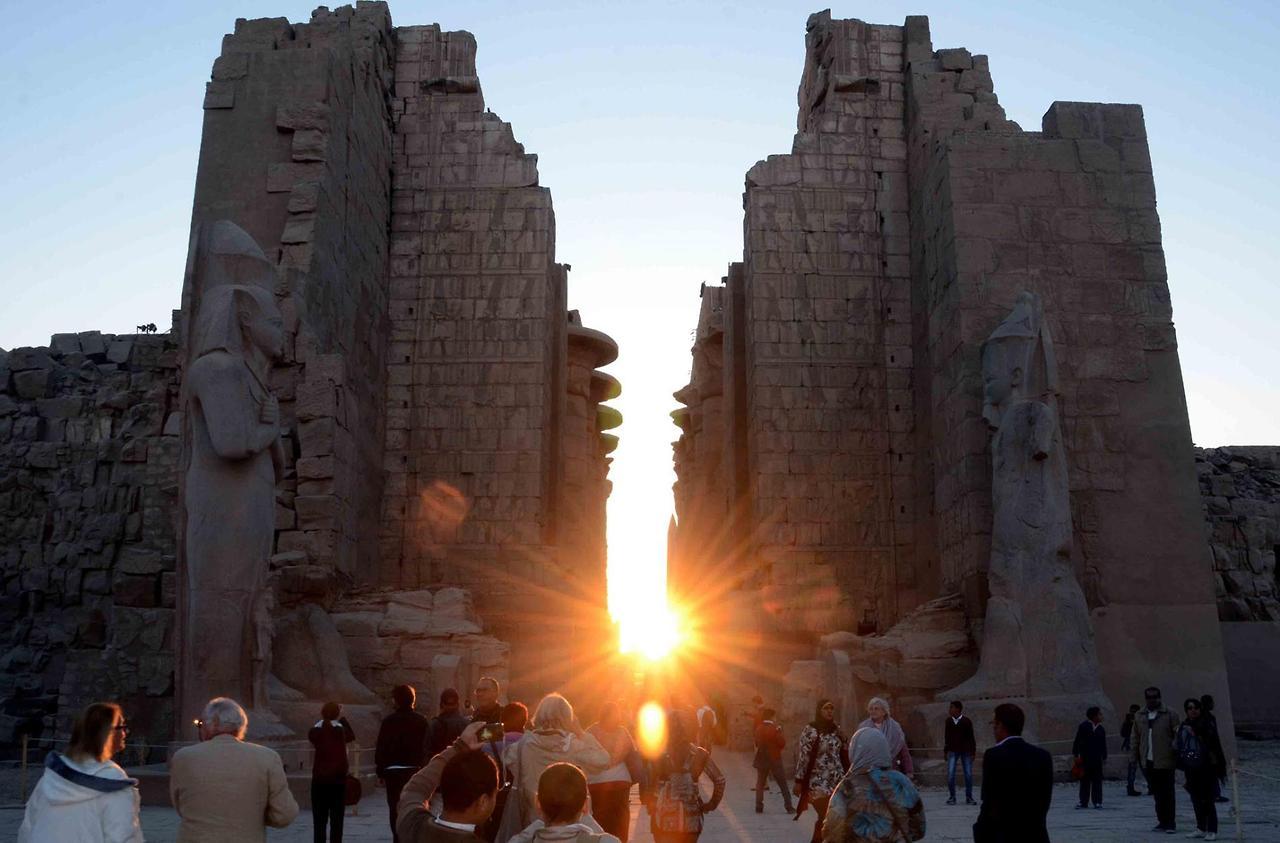
The rising sun aligns with structures at the Temple of Karnak in Luxor, Egypt, during the winter solstice, as seen on December 22, 2015
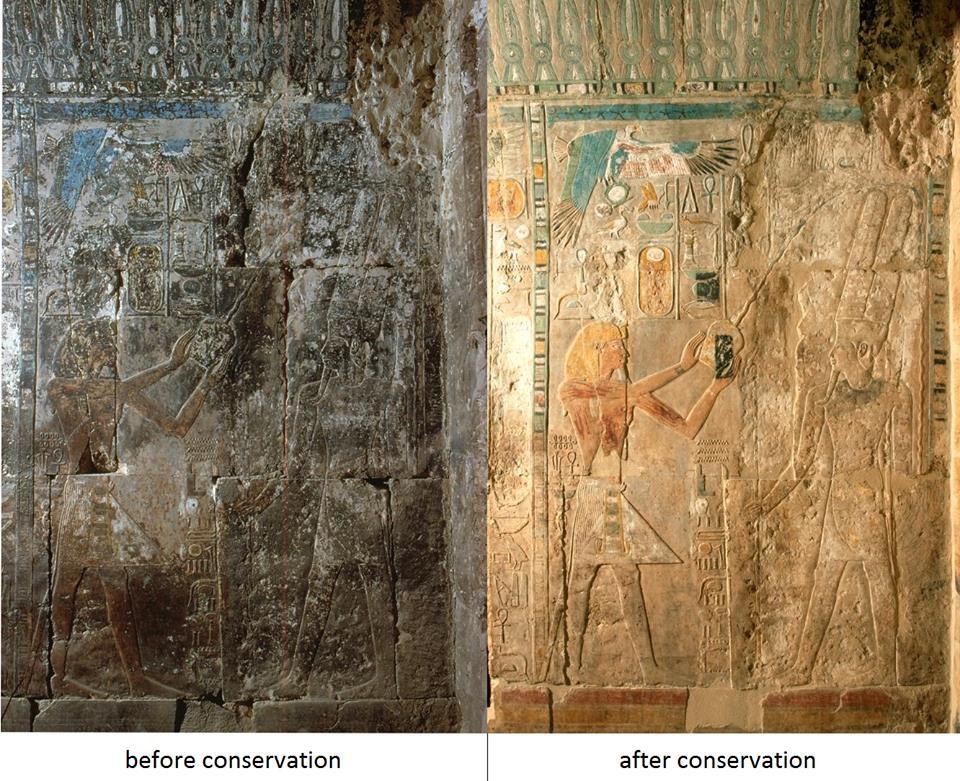
grandegyptianmuseum
Archaeological conservation at Deir el-Bahari: Hatshepsut pouring water over the Amun-Ra’s statue. The ritual was connected with the ceremony of revivification of the cult statue.
The decoration including original paint has come to light after the removal of embedded dirt and soot by the conservators of the Polish-Egyptian Mission in the Temple of Hatshepsut at Deir el-Bahari.
Photos: Waldemar Jerke (before), Maciej Jawornicki (after)
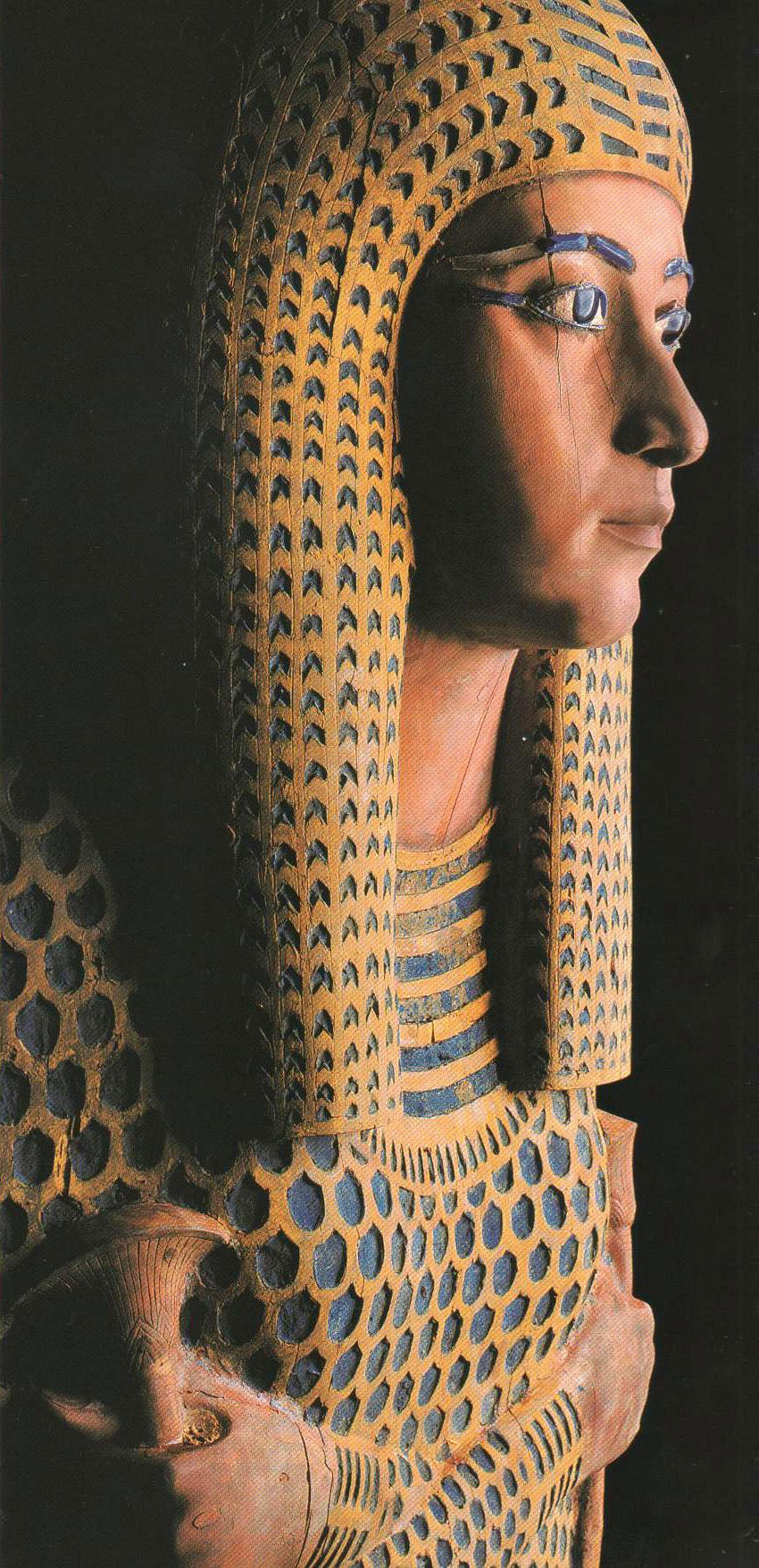
Outer coffin of Queen Ahmose-Meritamun (cedarwood), from the Tomb of Ahmose-Meritamun (TT358) at Deir el-Bahari, sister and the wife of Pharaoh Amenhotep I. New Kingdom, 18th Dynasty, ca. 1550-1292 BCE. Now in the Egyptian Museum, Cairo.